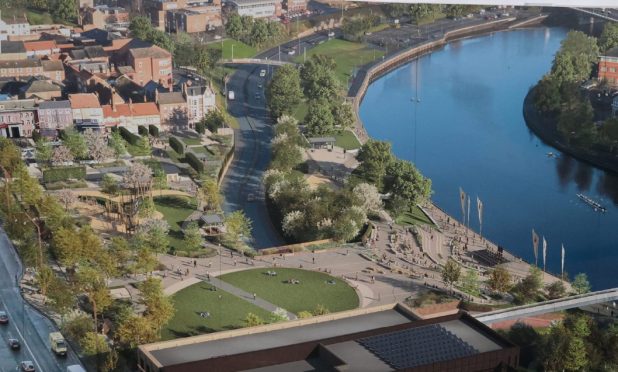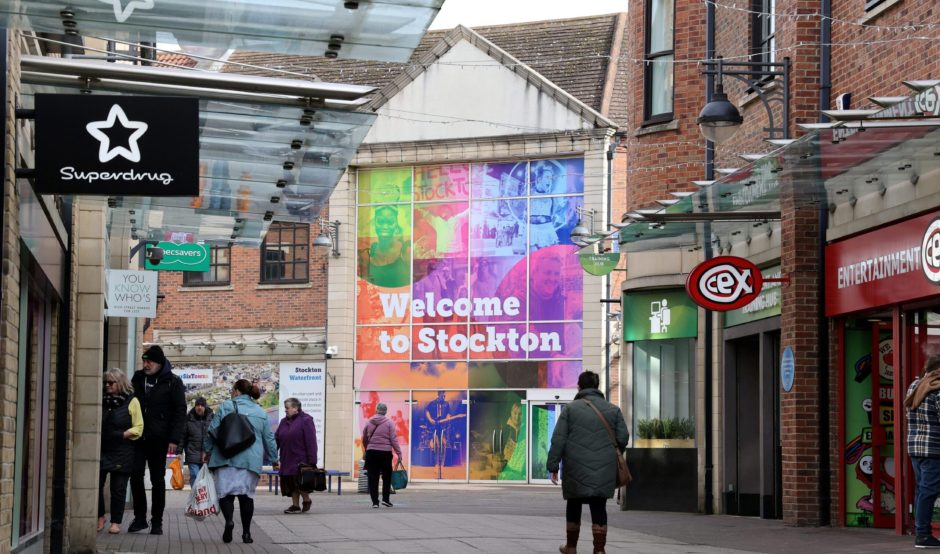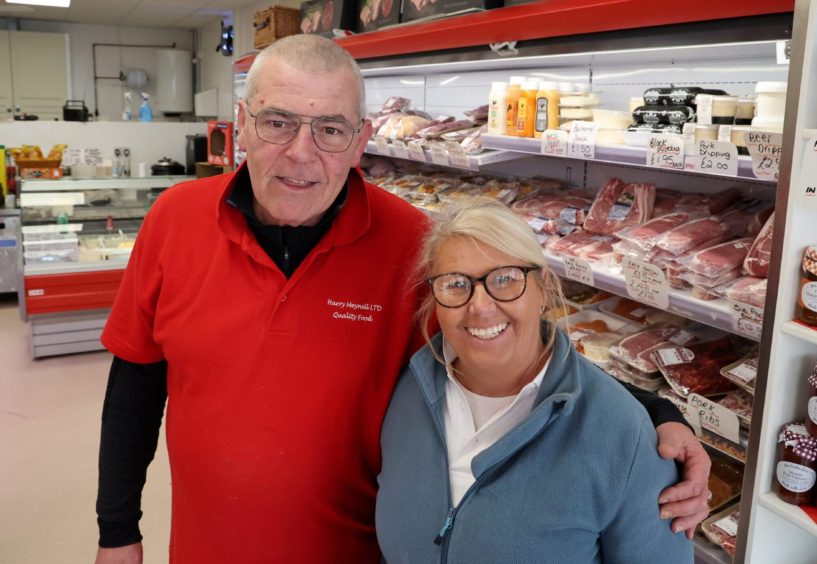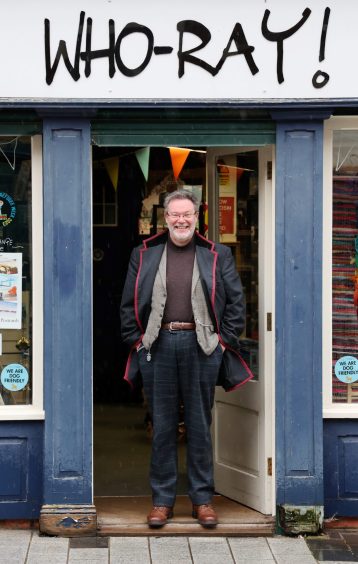
A large market town that recently found itself in the spotlight for all the wrong reasons is now being hailed as the potential saviour of Britain’s ailing high streets.
The residents of Stockton-on-Tees, County Durham, were left seething when Home Secretary James Cleverly allegedly called it a “s***hole”.
He was said to have made the comment in the Commons in November after Stockton North MP, Alex Cunningham, asked why 34% of children in the constituency were in poverty.
While Cleverly apologised for using “unparliamentary language”, he denied insulting the area.
But Stockton-on-Tees could be about to have the last laugh, thanks to a trailblazing £40 million rethink of its town centre.
The initiative has been launched in a bid to reverse the trend of falling footfall that has plagued city and town shopping districts around the country since the Covid pandemic struck.
Survey reveals one in five shops in Scotland’s regional cities lying empty
Could Stockton-on-Tees show the path for Scottish towns to follow?
The Sunday Post visited Stockton-on-Tees to consider if the project is something that could benefit some of Scotland’s toiling town centres.
An empty Debenhams, a shuttered Marks & Spencer, an abandoned New Look: Stockton, with a surrounding population of just less than 200,000 – more than some Scots cities such as Dundee, Perth and Inverness – had suffered a similar fate to high streets up and down the UK, struggling to survive in the online shopping era.
But, while some towns and cities scramble to convert empty stores into flats, or fill vacant shops with community pop-ups and urban farms, Stockton Council has come up with a bolder proposition.
It is demolishing half of the high street and replacing it with a park fit for the 21st Century. It will boast an amphitheatre and oval lawn, plus a performance space and pavilions. The park, due for completion next summer, will include a “cultural ribbon” and “cultural confetti”, telling heritage stories of the district and linking to surrounding retail destinations.
The Castlegate Shopping Centre alongside the River Tees – an eyesore that was built in the 1970s – has been demolished and its shops relocated to make way for an urban park three times the size of Trafalgar Square that will host festivals and water sports.
But how have Stockton’s businesses reacted?
Butcher Les Meynell and his wife Susan said when told they would have to relocate from the Castlegate to a smaller mall of mainly independent stores, their first thought was to close down.
“In the end, we were given good incentives with the rent and, although our premises are now half the size, we are actually doing a lot better than we thought at the new spot,” Les said.
“When the redevelopment is complete we are expecting it will funnel a lot more people our way..”
‘We have to get the next generation of shoppers into town’
In a nearby cul-de-sac, staff at the independently-owned Drake the Bookshop and Who-Ray gift stores were similarly upbeat.
Richard Drake, co-owner of the book store, said. “In the past, just about every independent outlet would have been excluded from being part of the high street because it was full of larger stores such as B&M and Specsavers but now some of them have moved here too. We have to get the next generation of shoppers into town and smaller, more bespoke outlets seem to be the way forward.”
Who-Ray owner Martin Shipley said: “When the big stores started leaving we thought it would be the end of the town centre. But this has now been replaced by a real sense of community and, despite the challenges, December just gone was our best in 14 years.”
Rachel Anderson, assistant director of policy at the North East Chamber of Commerce, said the radical rethink in Stockton could be transferable to other towns and cities, including in Scotland.
“Traditional large retail patterns are changing and people are using public spaces differently,” she said. “The towns which embrace this will be the ones that do well.”

Enjoy the convenience of having The Sunday Post delivered as a digital ePaper straight to your smartphone, tablet or computer.
Subscribe for only £5.49 a month and enjoy all the benefits of the printed paper as a digital replica.
Subscribe © North News & Pictures northn
© North News & Pictures northn © North News & Pictures northn
© North News & Pictures northn © North News & Pictures northn
© North News & Pictures northn